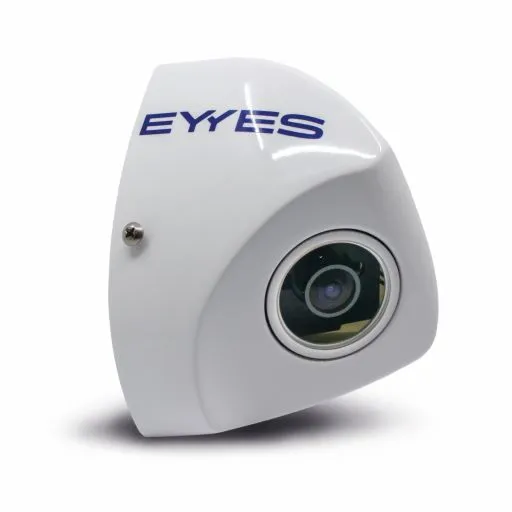The auto brake at intersection function automatically applies the brakes if the driver turns in front of an oncoming car. On-board systems detect a potential crash and automatically apply the brakes to avoid a collision or mitigate the consequences.
The City Safety crash prevention system is carried over with a camera upgrade and now covers vehicles, cyclists and pedestrians in front of the car.
Another ‘world first’ is the Safe Positioning run-off road protection system. Volvo says run-off accidents (caused by driver distraction, fatigue or poor weather conditions) account for half of US traffic fatalities and single-vehicle accidents account for a third of fatal and severe injury crashes in Sweden.
To avoid run-offs, the XC90’s Lane Keeping Aid applies extra steering torque if the car is about to leave the lane unintentionally while Driver Alert Control detects and warns of tired or inattentive drivers. The Safe Positioning system detects the vehicle running off the road and tightens the front safety belts to restrain the occupants while an energy-absorbing system between the seat and seat frame helps prevent spine injuries.
Both the safety belt tightening and brake application functions are activated if the rearward facing radars detects an imminent rear-end impact, and the lights start flashing to warn the driver behind.
Also standard is a new generation of Roll Stability Control which calculates the risk of a rollover and will automatically reduce engine torque and apply braking force to one or more wheels to counteract any rollover tendency. If a rollover is inevitable, the system activates inflatable curtains to protect the occupants.
Volvo standardises anti-collision system
Volvo will unveil ‘the most comprehensive and technologically sophisticated standard safety package available in the automotive industry’ next month when it launches its all-new XC90 all-wheel drive SUV. The standard safety package will include an auto brake at intersection capability and run-off road protection.
The auto brake at intersection function automatically applies the brakes if the driver turns in front of an oncoming car. On-board systems detect a potential crash and automatically apply the br
July 23, 2014
Read time: 2 mins









